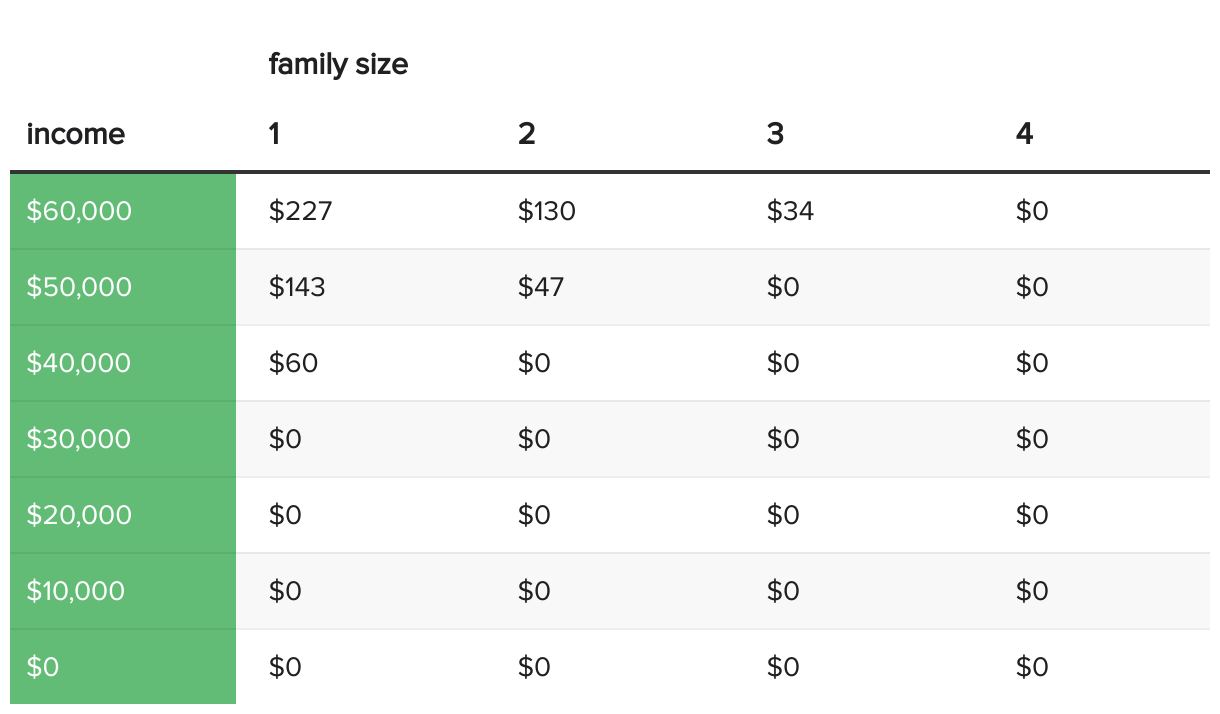Biden's new student debt repayment plan has 4 million signups. Here's how to enroll in SAVE.
The Biden administration's new student loan repayment plan has enrolled 4 million people in the two weeks since it launched in late July, Education Department officials said on Tuesday.
The new plan, called the Saving on a Valuable Education (SAVE) plan, could lower monthly repayments for about 20 million borrowers. The SAVE plan debuted with a beta rollout and was ready for all applicants in mid-August.
The SAVE plan is an income-driven repayment program, or IDR, which pegs a borrower's monthly payment to their income, lowering their out-of-pocket costs. The Biden administration developed SAVE in response to criticisms about existing plans that had major pitfalls, such as allowing interest to snowball on a borrower's debt.
Of the 4 million enrollees so far, most were migrated from an earlier IDR plan called the REPAYE program, while 1 million additional borrowers have applied for the SAVE program since it opened for applications this summer, officials said on a Tuesday press call.
The new plan is rolling out as student loan repayments are now resuming after a three-year pause due to the COVID health crisis, and a month after the Supreme Court blocked President Joe Biden's plan to erase up to $20,000 in debt per student borrower. Interest started again accruing on September 1, with monthly payments restarting in October for borrowers.
How do I sign up for SAVE?
The application is available at the Federal Student Aid income-driven repayment plan website.
The site notes that the SAVE plan is replacing the REPAYE plan, and that borrowers on the REPAYE plan will automatically be switched into the newer plan.
What will my payments be under SAVE?
Borrowers could cut their monthly payments in half or even have monthly payments of $0. Many others will save up to $1,000 a year on repayments, according to the Biden administration.
The program is based on income and family size, with lower-income households with more family members paying the least.
For instance, a household with four family members and an annual income of $60,000 would pay $0 per month under the new plan, while a one-person household with the same income would pay $227 a month, the Education Department said.
Who qualifies for the SAVE plan?
The SAVE plan is available to borrowers with a direct loan in good standing, the Education Department said.
Loans that qualify for the plan include:
- Direct Subsidized Loans,
- Direct Unsubsidized Loans,
- Direct PLUS Loans made to graduate or professional students, and
- Direct Consolidation Loans that did not repay any PLUS loans made to parents.
Other loans must be consolidated into a Direct Consolidation Loan to be eligible for the SAVE plan. They include:
- Subsidized Federal Stafford Loans (from the FFEL Program)
- Unsubsidized Federal Stafford Loans (from the FFEL Program)
- FFEL PLUS Loans made to graduate or professional students
- FFEL Consolidation Loans that did not repay any PLUS loans made to parents
- Federal Perkins Loans.
There are some loans that are ineligible for the SAVE plan, too. They are:
- Direct PLUS Loans made to parents
- Direct Consolidation Loans that repaid PLUS loans made to parents
- FFEL PLUS Loans made to parents
- FFEL Consolidation Loans that repaid PLUS loans made to parents
- any loan that is currently in default
How does the SAVE plan cut monthly payments?
The SAVE plan reduces the percentage of personal income that borrowers must pay each month toward their student loan. The current IDRs for undergraduate loans calculate that borrowers pay 10% of income above 225% of the poverty line, but the SAVE plan will cut that to 5%, according to the Biden administration.
However, the 5% ratio doesn't go into effect until next summer, according to the Education Department.
Borrowers with both undergraduate and graduate loans will pay a weighted average of between 5% to 10% of their income, based on their loans' original principal balances, it added.

